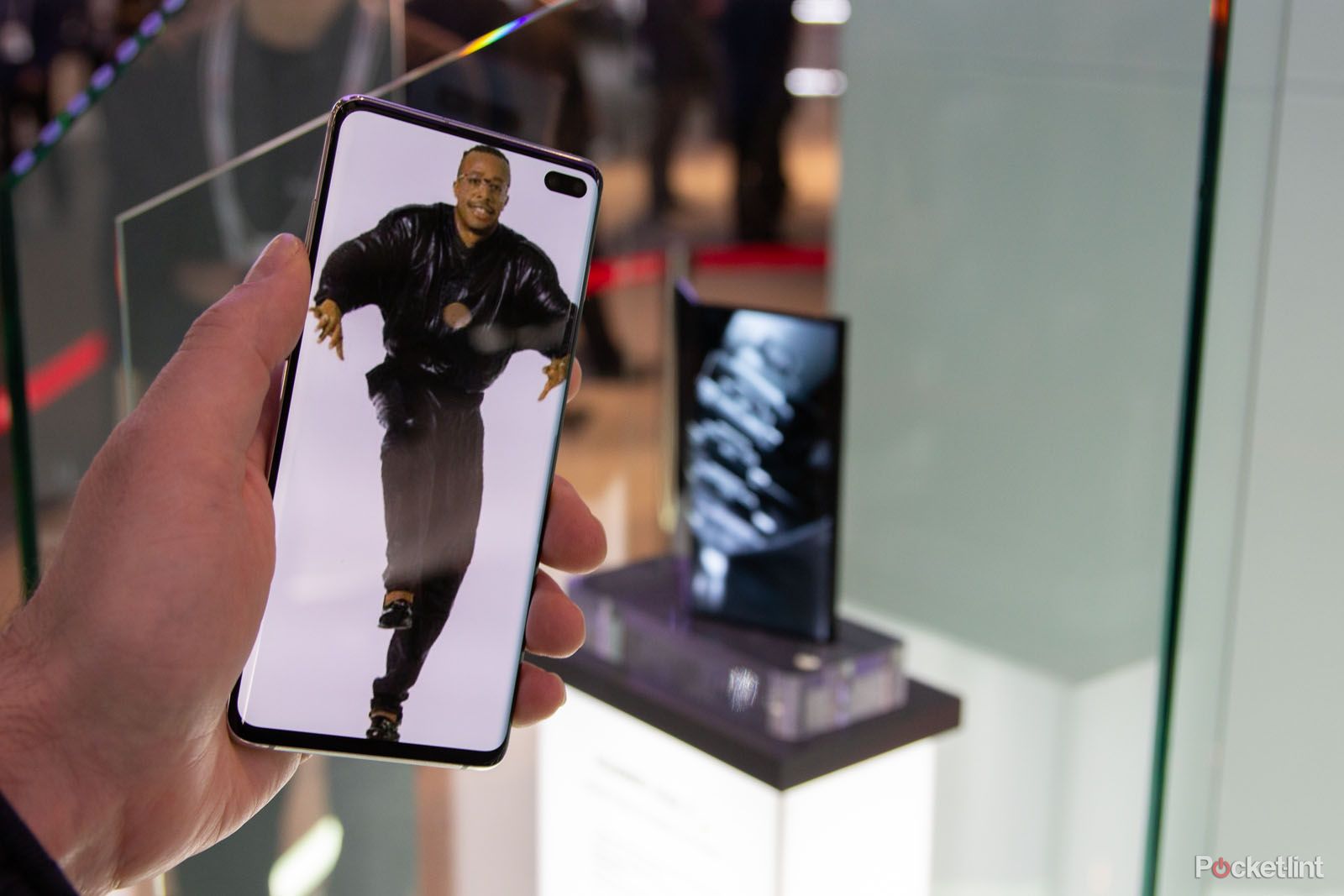Events like Mobile World Congress are - amongst other things - a showcase of the latest technology. While the theme of MWC is undoubtedly 5G, all the talk on the showfloor is about folding phones, or rather, the lack of access to them.
Samsung was the first to emerge with its folding device - the Samsung Galaxy Fold - at Unpacked in the week before MWC. It was a reveal designed to whip the tech world into a frenzy, launching a new category of device and putting a price on owning this slice of future tech - some $1980.
Jump forward a week and one of the biggest disrupters in the mobile space had their own moment, unveiling the Huawei Mate X - another folder and, by all accounts, with a design that seems to throw the Galaxy Fold into the shade. Samsung has been one-upped by one of its biggest rivals, slowing eating its way towards the smartphone top spot.
Huawei has put a price on its new phone too, an eye-watering €2299. Real products, heading your way, real soon.
Mobile World Congress, then, provides the perfect opportunity for everyone in the industry to sample those devices and make their own decision about them, right? Wrong.
The Galaxy Fold and the Huawei Mate X sit themselves at the front of their respective booths, flaunting their folds but very much as a hands-off experience. Getting access to these phones is hard and that has become the takeaway message: you can't touch this.
Even press access has been limited and among the thousands of international media at the show, very few people have actually been able to touch these devices. Vlad Savov over at The Verge was one who did - and we bumped into him just after - where he told us that the hinge felt a little "gritty" - something that will almost certainly be refined before launch.
Over the course of MWC, Huawei seems to have softened slightly, but it's still a long way from letting the great and the good of this huge trade show get to really experience these products. Samsung's line seems to have been a flat no - you can't touch this - and also seems to have encased it in a box that makes it difficult to get close, casts reflections all over the device and just makes it a little more obscure. Are you hiding something Samsung?
Now we come to the point. We've seen huge numbers of prototypes over the years, we've seen software that's not final, we've played with engineering devices, and each time we understand what it is we're holding. The caveats that come with those experiences are written across the pages of the tech media every week.
So why is are these new devices - the stars of the show - not being given their chance to shine? When we appeared on BBC Breakfast Briefing just after the launch of the Samsung Galaxy Fold - the question was whether these devices were going to halt the slide in smartphone sales and give the industry the boost it needs? Not like this they aren't. Not when those wrapped in the industry - not just the media, but the everyday people who make this business tick - don't get the chance to experience them.
And these devices present a fundamental change in how we approach mobile phones, perhaps the biggest change in the last decade. We've got a price slapped on it, but we don't know what it is. There are few real technical details confirmed. Others haven't been dragged into this tease and display act that Huawei and Samsung are playing: Oppo and Xiaomi have both shown off folding devices online, but there's no sign of them at the show.
So will foldable phones provide that boost the industry wants?
Folding phones are definitely going to be one of 2019's things, but it's hard to tell from the glance we've had so far exactly how they will fit into the future of smartphones.

